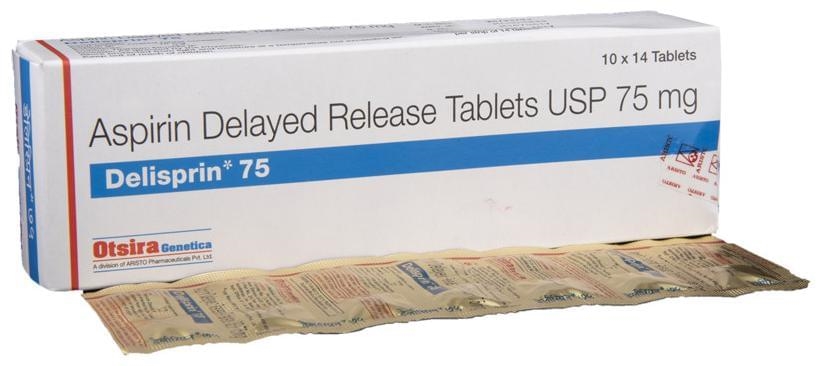Treatment and prevention of stroke
A stroke, also known as a cerebrovascular accident (CVA), occurs when blood flow to a part of the brain is interrupted, either by a blocked blood vessel (ischemic stroke) or a ruptured blood vessel (hemorrhagic stroke). This can lead to brain damage, disability, or even death. Prompt treatment and prevention measures are crucial in minimizing the risk of a stroke and its complications.
Ischemic Stroke Treatment:
Ischemic strokes are caused by a blockage in a blood vessel supplying the brain. Common medications used to treat ischemic strokes include:
Tissue Plasminogen Activator (tPA): tPA is a clot-dissolving drug that can be administered within 4.5 hours of stroke onset to help restore blood flow to the affected brain area.
Antiplatelet Agents: Drugs like aspirin and clopidogrel help prevent blood clots by inhibiting platelet aggregation. They are typically prescribed for secondary stroke prevention.
Hemorrhagic Stroke Treatment:
Hemorrhagic strokes result from a ruptured blood vessel, causing bleeding in the brain. Treatment options for hemorrhagic strokes may include:
Surgical Intervention: In some cases, surgery is required to remove blood clots or repair damaged blood vessels.
Anticoagulants: These drugs help prevent blood clots from forming or growing larger. Examples include warfarin and heparin.
Stroke Prevention:
Lifestyle modifications and medications can help reduce the risk of stroke recurrence. Some common preventive measures include:
Blood Pressure Management: Controlling high blood pressure with medications like beta-blockers, calcium channel blockers, and ACE inhibitors can help prevent stroke.
Blood Thinners: Anticoagulants and antiplatelet agents can help prevent blood clots from forming in those at high risk of stroke.
Lifestyle Changes: Adopting a healthy diet, regular exercise, maintaining a healthy weight, and avoiding smoking and excessive alcohol consumption can significantly reduce the risk of stroke.
Consult with a healthcare professional to determine the most appropriate treatment and prevention plan based on individual needs and risk factors.

Showing all 9 results
Showing all 9 results



